Scientists studying genetic mutations in animals living in the Chernobyl Exclusion Zone have discovered that a specific type of worm appears to have developed a new superpower: they’re immune to radiation.
Plants and animals living in the radioactive areas of Chernobyl have been studied by scientists for years now. While many animals in this area have developed gene mutations because of the radioactivity, this is the first time researchers have gained insight into a worm’s potentially repaired DNA.
The Chernobyl Disaster

In 1986, an accident at the Chernobyl 4 reactor in what was then the Soviet Union (but is now Ukraine) resulted in at least 30 deaths. This nuclear disaster contaminated much of the area.
Humans were quickly evacuated from the area. To this day, it isn’t recommended that people live in the Chernobyl Exclusion Zone because of the high radioactivity. However, many plants and animals still live in this deadly region.
Some People Remain in The Chernobyl Exclusion Zone

Though people were evacuated from the entire area after the accident in 1986, some people who lived in the area decided to return to their homes. About 130 to 150 residents chose to return to the Chernobyl Exclusion Zone because they wanted to stay connected to their ancestral homes.
Many of these residents live in the outer zones, where the radioactivity isn’t nearly as high as the area immediately around the nuclear power plant.
The Changing Landscape in Chernobyl
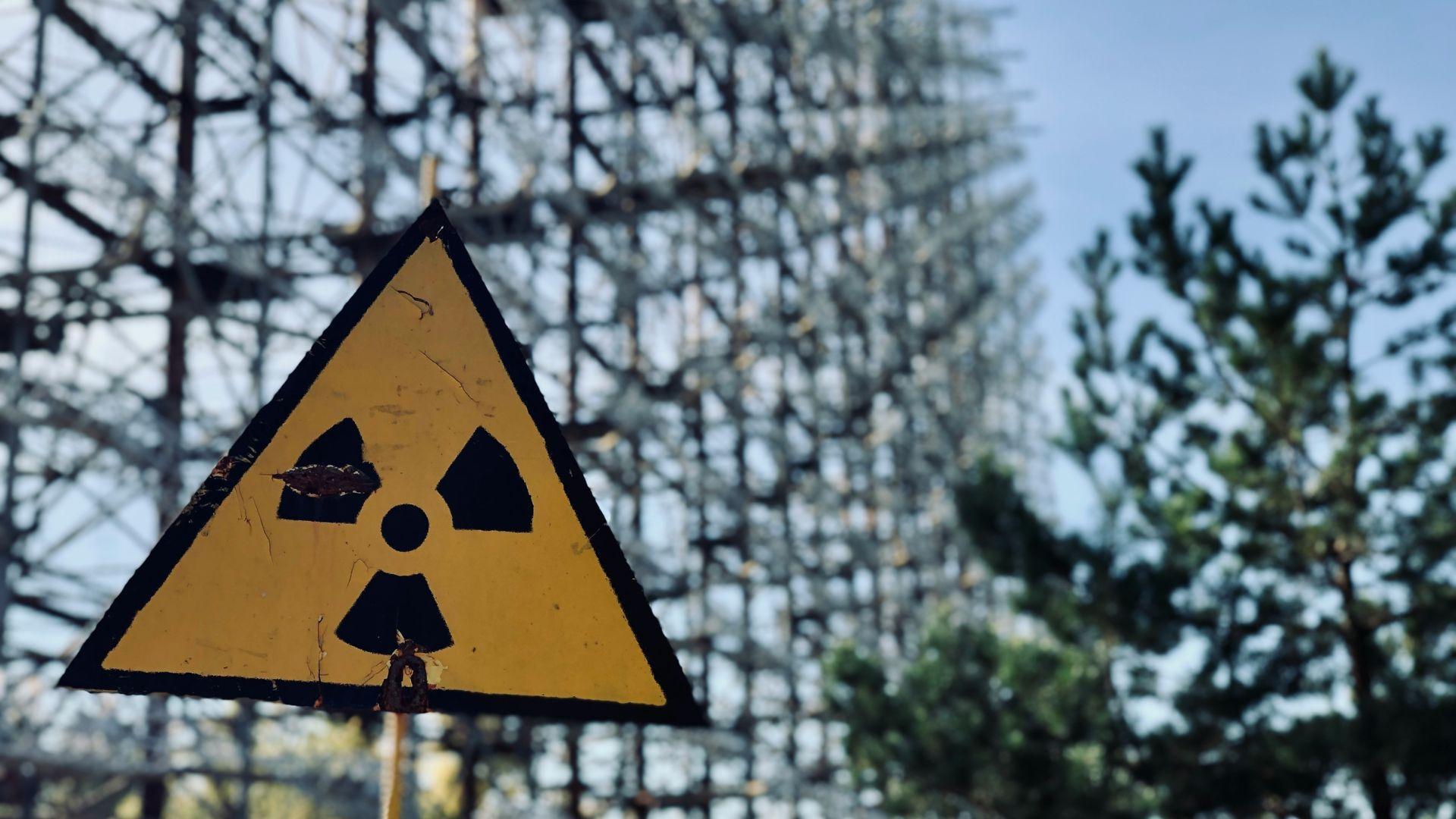
Though the Ukrainian government tried to relocate these residents, they were not successful. Thus, they’ve allowed these people to stay in the exclusion zone — but nobody else can move into this area. Only those who have ties to the land before the disaster have been allowed to stay.
This is because the land remains full of radiation. In the decades following the accident, scientists have discovered various mutations in both animals and plants.
Mutating Animals
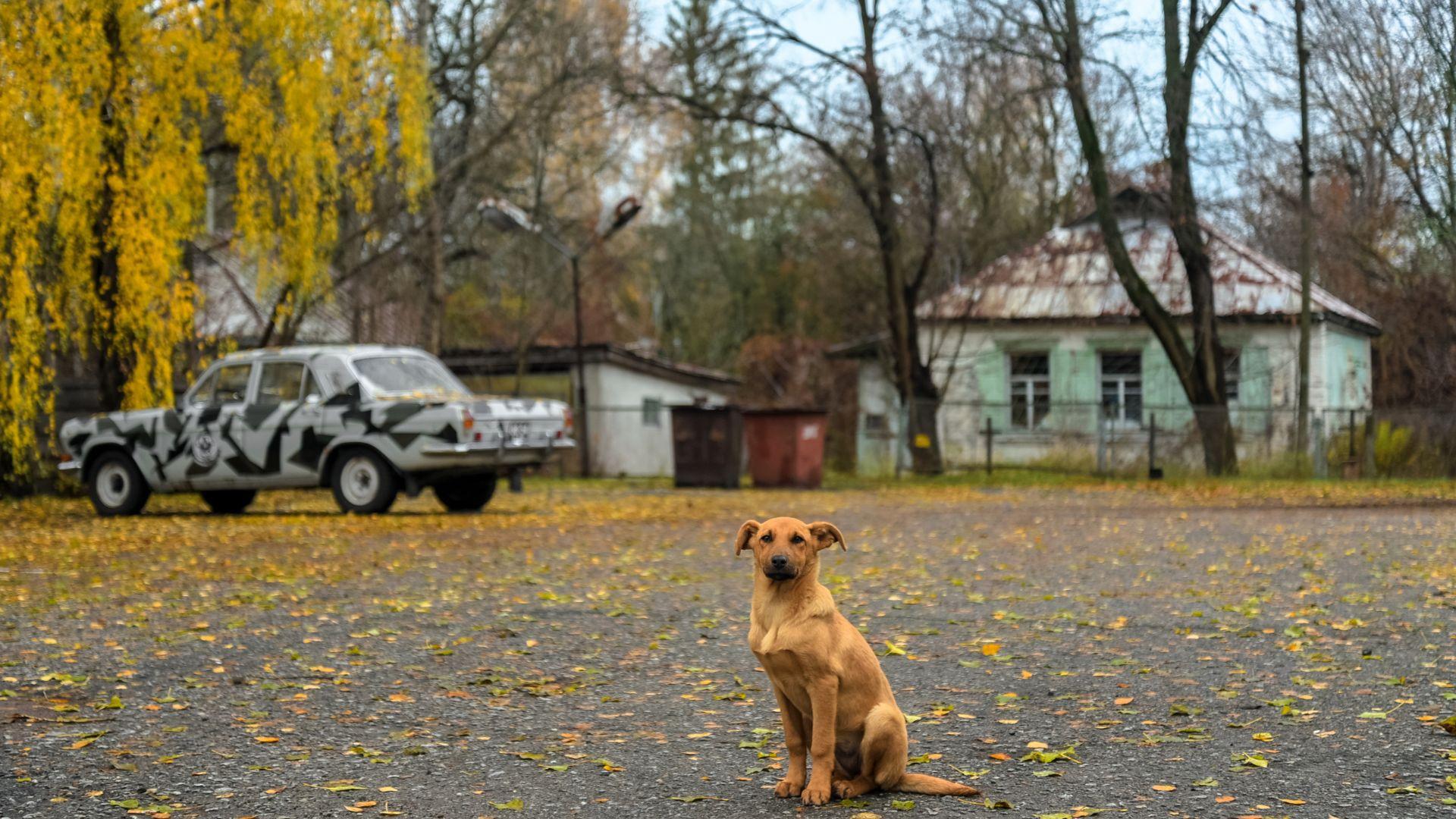
Just last year, scientists released a study that revealed that a pack of wild dogs living in the Chernobyl Exclusion Zone had been genetically mutated, thanks to the high radioactivity.
Though the disaster killed many animals in the area, some survived. These remaining dogs have an increased rate of getting cataracts, among other issues. Scientists are now using these dogs’ samples to discover how radiation has affected several generations of dogs.
Scientists Studying Worms
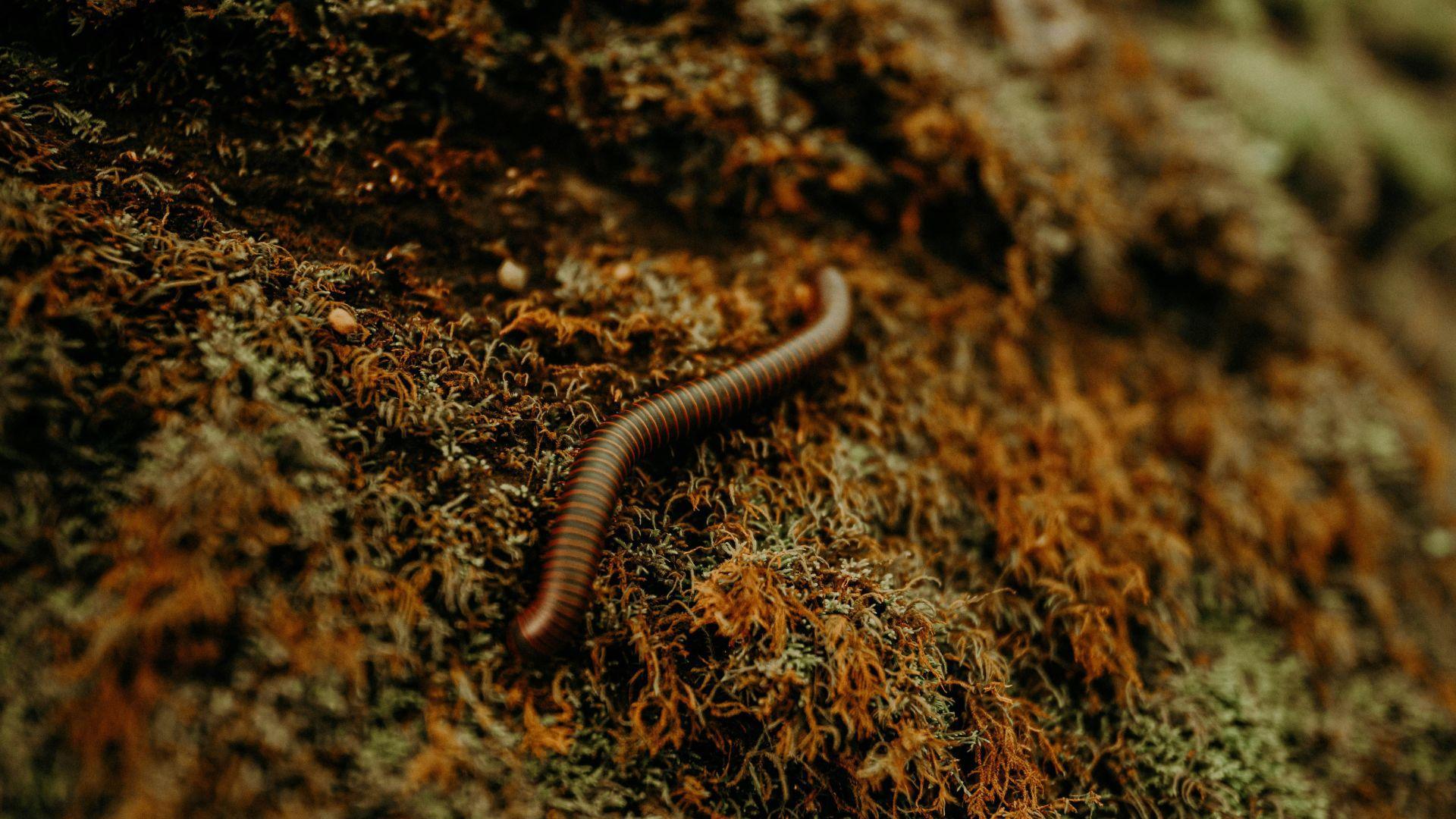
Now, a new study has revealed that scientists are studying how radiation in the Chernobyl Exclusion Zone may have become genetically or physically different from worms in regular habitats.
Researchers collected nematodes in this zone. Nematodes are tiny words that reproduce quickly. However, they also have simple genomes. These facts make the worms great subjects to look at how radiation may affect generations of animals.
Looking at Evolution

Researchers attached to this study went into Chernobyl to get these worms from different parts of the Exclusion Zone. The areas of this region have differing levels of radioactivity. Areas closest to the nuclear power plant have the highest counts. Researchers specifically sought out these worms because of their unique natural evolution.
“These worms live everywhere, and they live quickly, so they go through dozens of generations of evolution while a typical vertebrate is still putting on its shoes,” Matthew Rockman, the study’s senior author and a professor of biology at NYU, explained.
No Radiation Damage
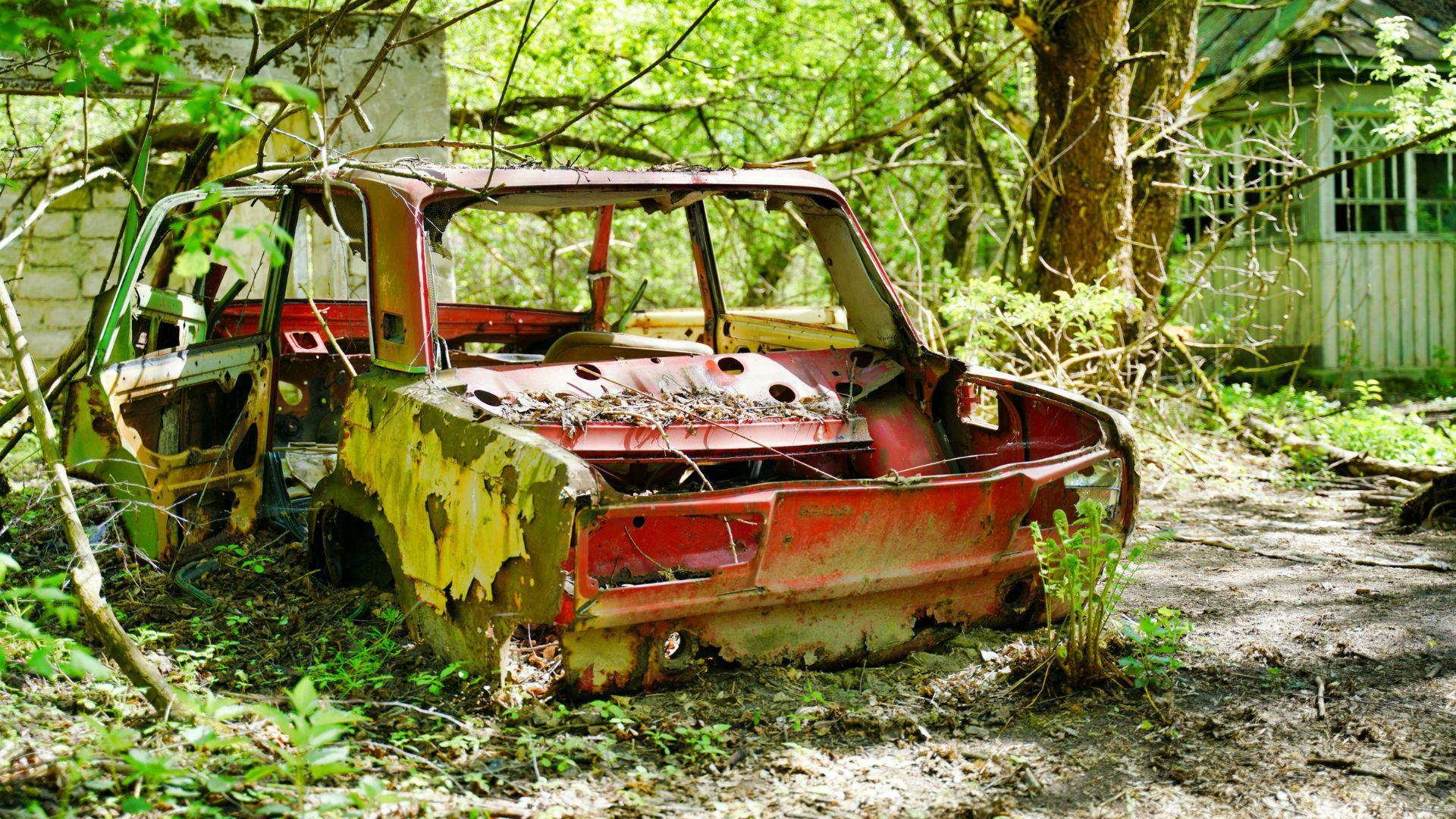
Once they returned to their lab, researchers were shocked to discover these worms had no radiation damage on their genomes.
“This doesn’t mean that Chornobyl is safe – it more likely means that nematodes are really resilient animals and can withstand extreme conditions,” Dr. Sophia Tintor, a lead author of the study, said.
Questions About the Worms
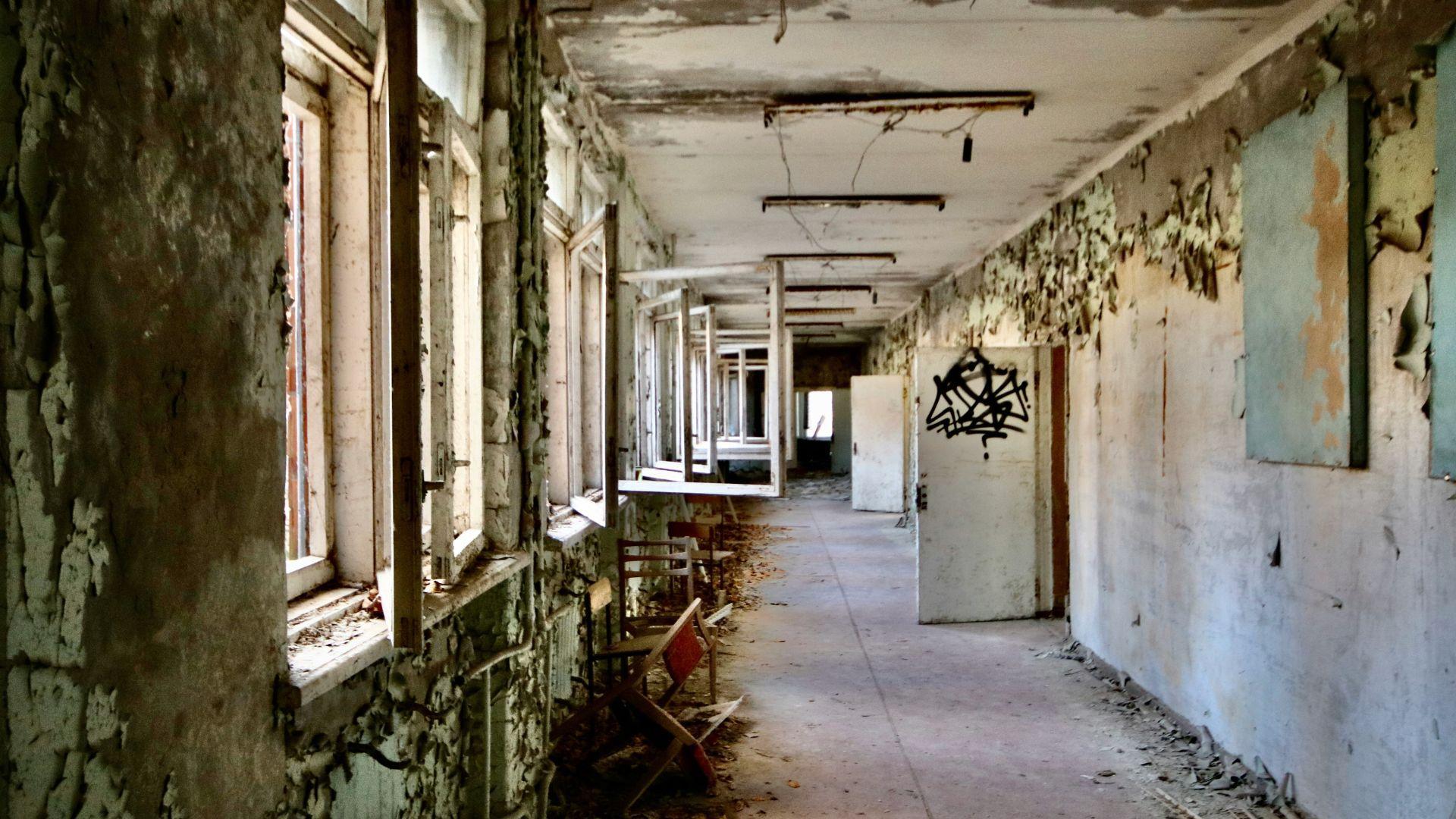
After discovering this interesting fact, researchers also clarified there’s no way to tell how long the worms were actually in the Chernobyl Exclusion Zone.
“We also don’t know how long each of the worms we collected was in the Zone, so we can’t be sure exactly what level of exposure each worm and its ancestors received over the past four decades,” Dr. Tintor explained.
Every Worm Was Different
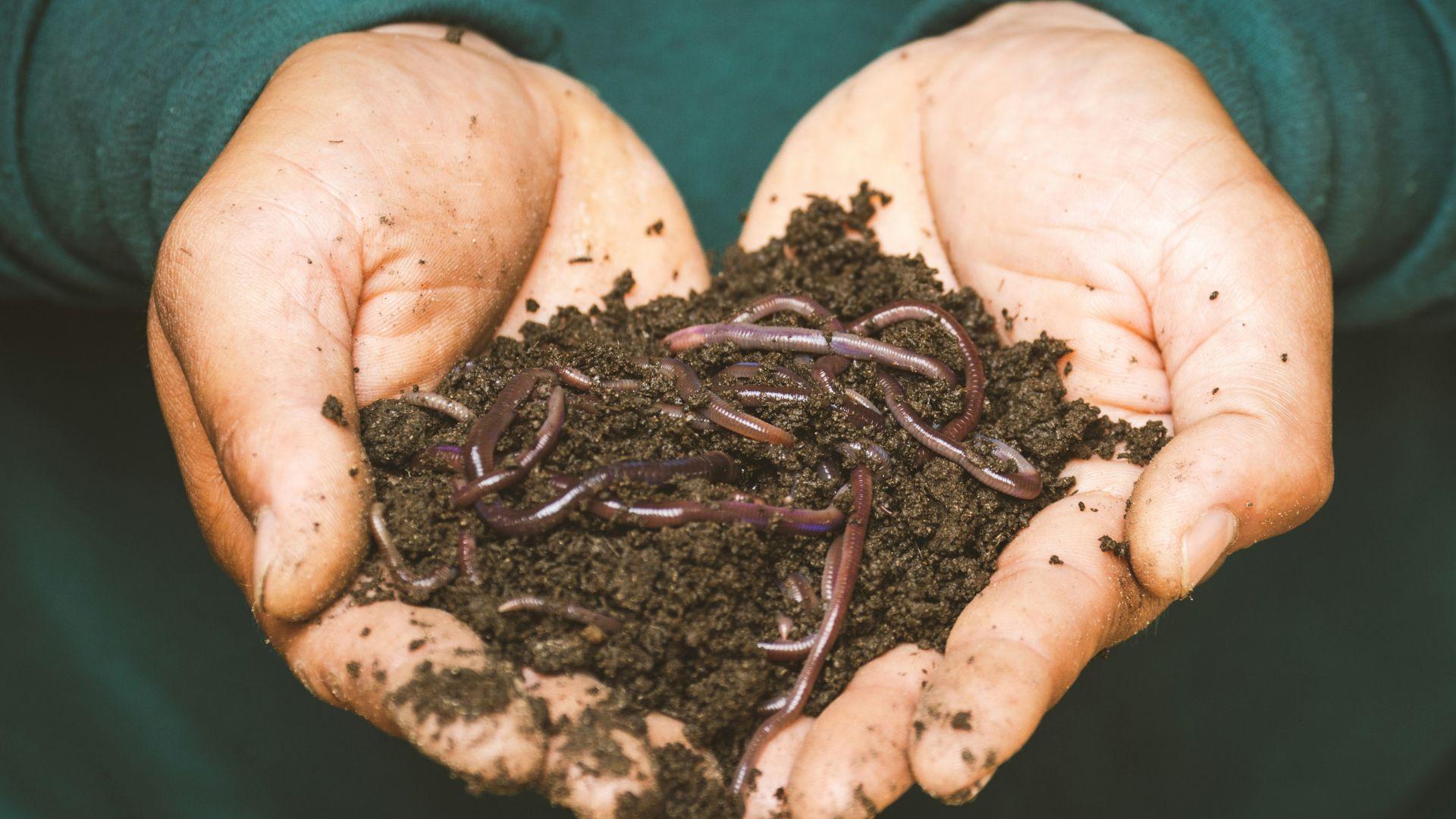
Researchers did more analysis on these worms and realized that every strain of worm was different. Therefore, they couldn’t generally say that all worms have this superpower to resist radioactivity or DNA damage.
Instead, scientists believe that some strains are more likely to be unaffected by radiation, while others might be more affected.
Studying Worms and Studying People

According to those attached to the study, studying these worms and their evolution could help people in the long run.
“Now that we know which strains of O. tipulae are more sensitive or more tolerant to DNA damage, we can use these strains to study why different individuals are more likely than others to suffer the effects of carcinogens,” said Dr. Tintori.
DNA Damage and Repair
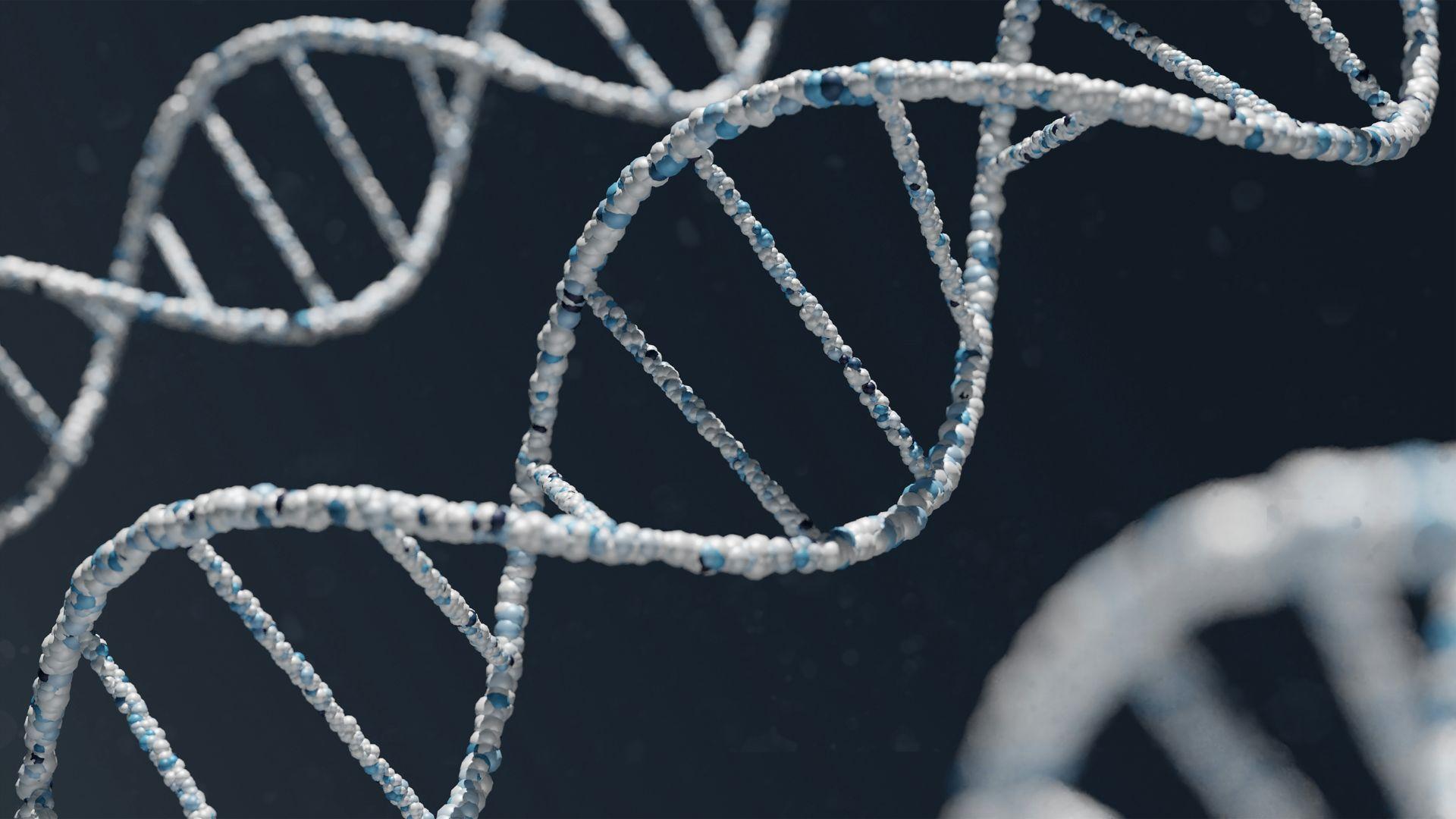
Therefore, these worms may help scientists discover how some strains of beings respond to DNA damage from things like radiation. If DNA repair can occur within generations of worms, then there’s a possibility it could happen in other species.
“Thinking about how individuals respond differently to DNA-damaging agents in the environment is something that will help us have a clear vision of our own risk factors,” explained Dr. Tintori.
